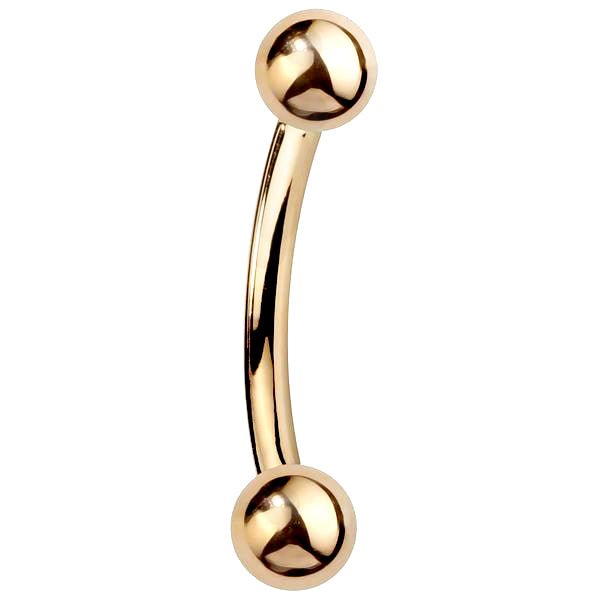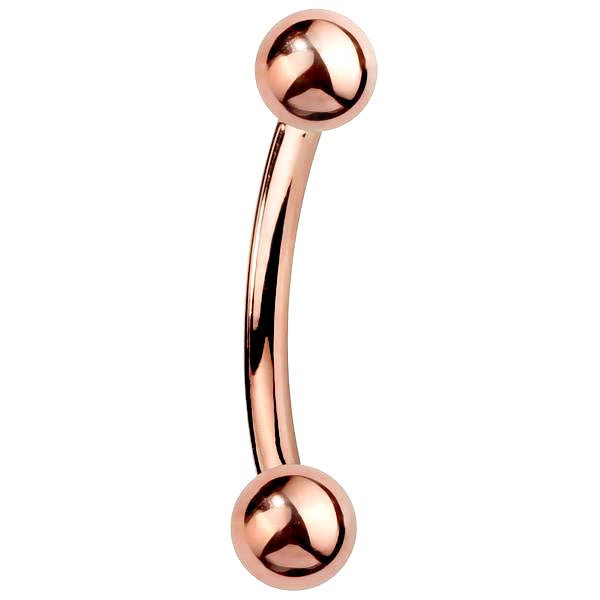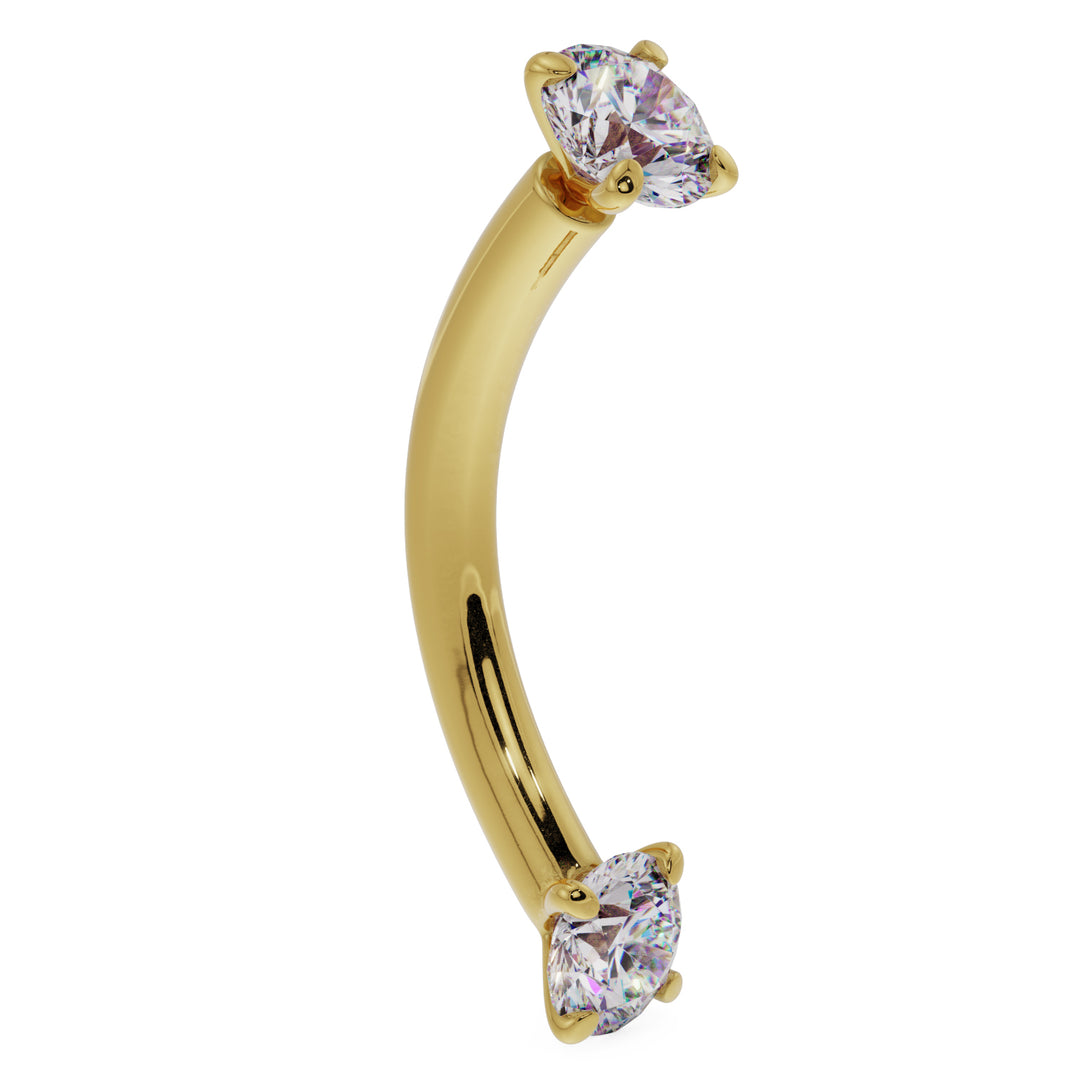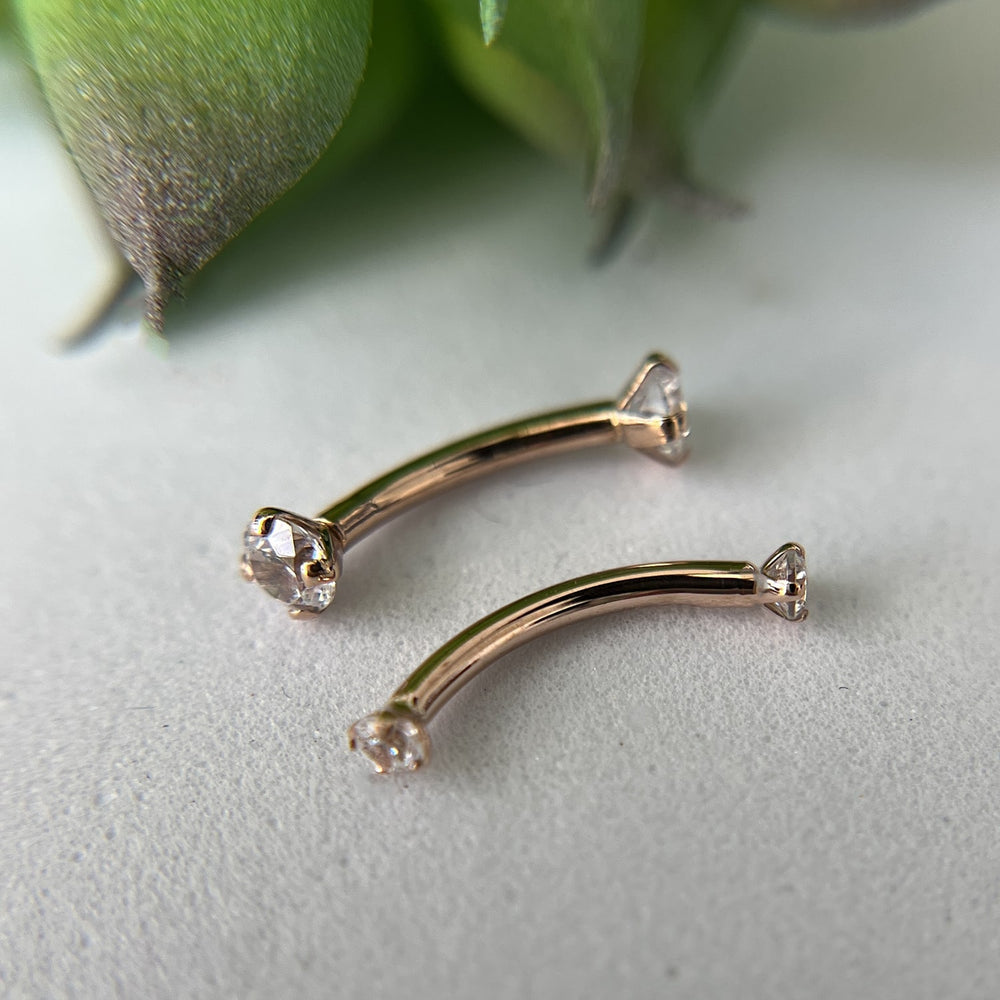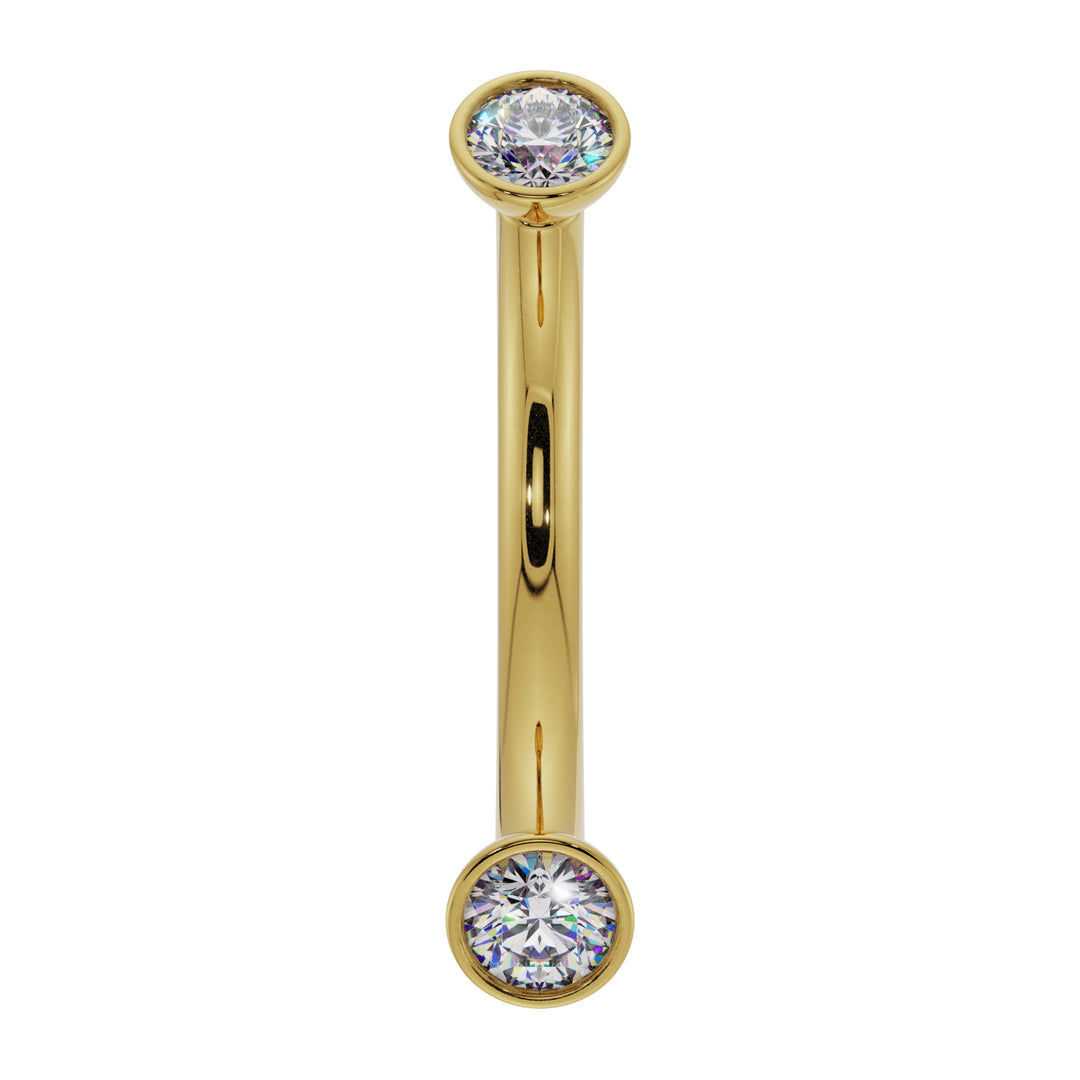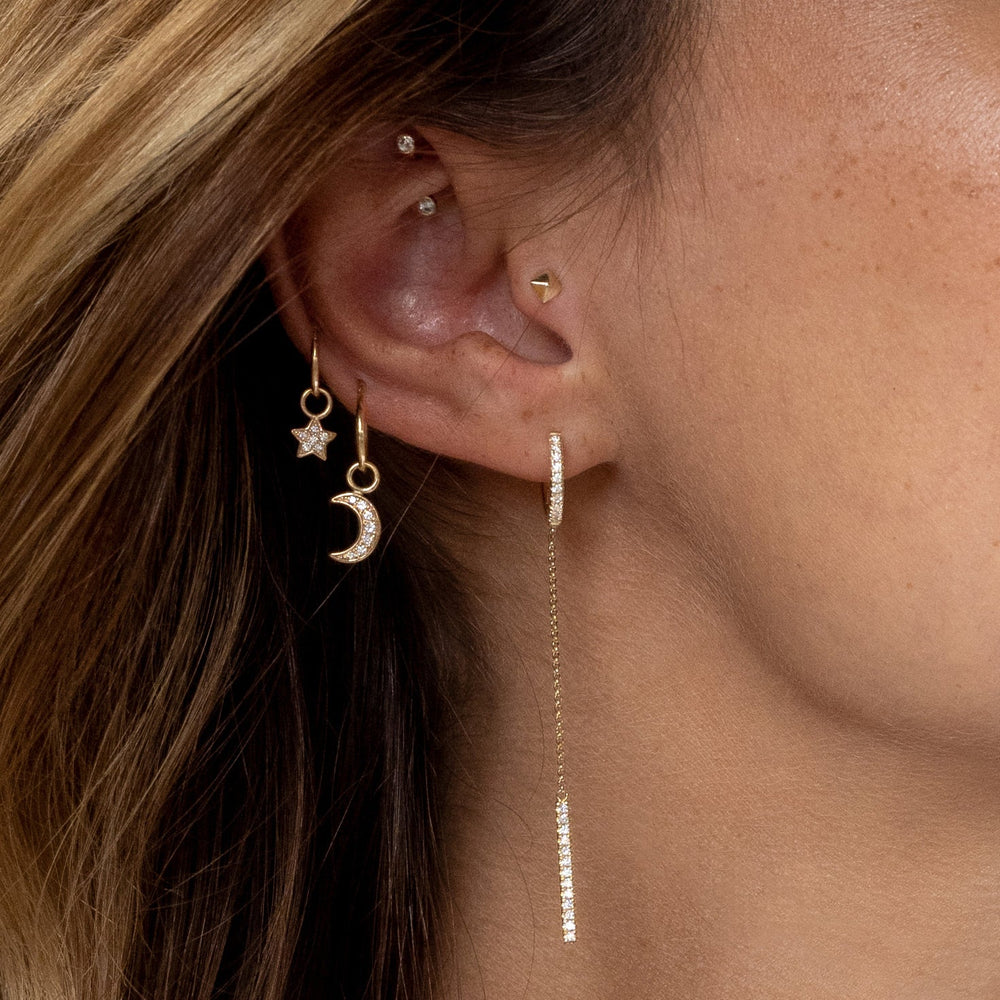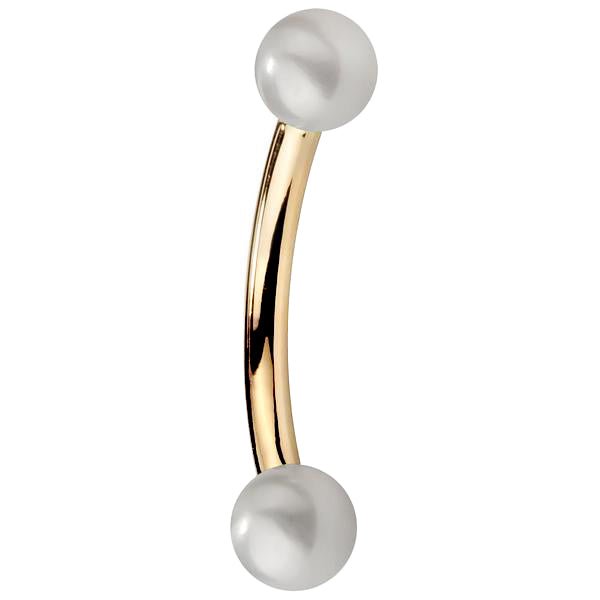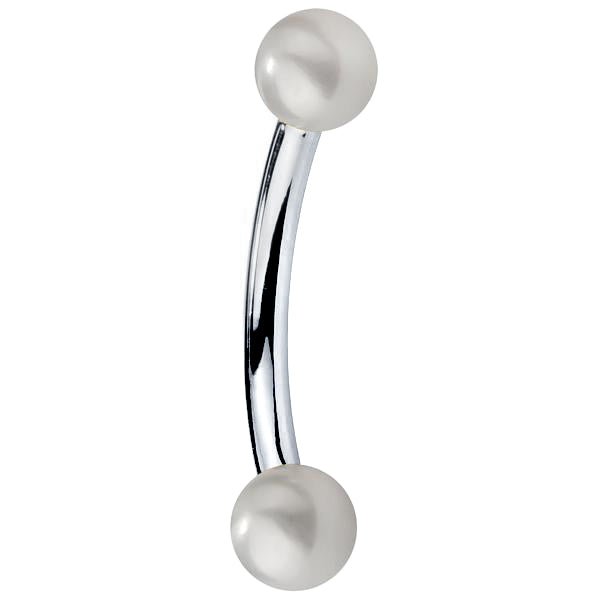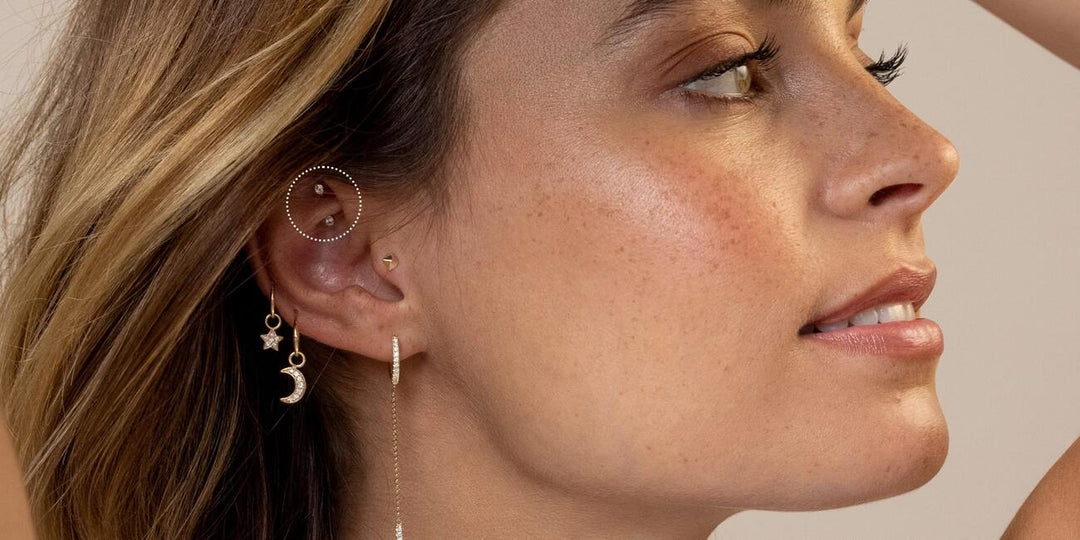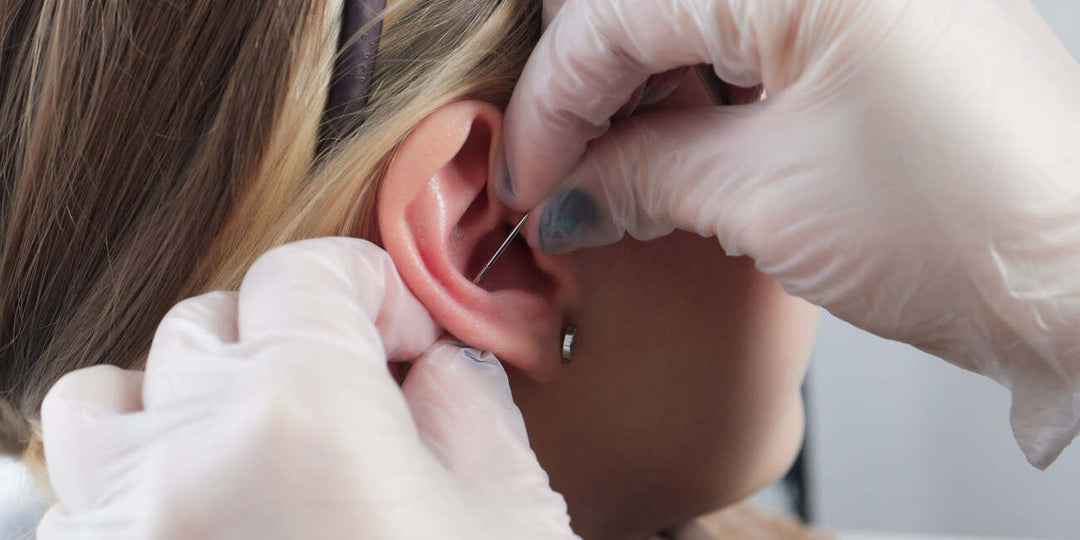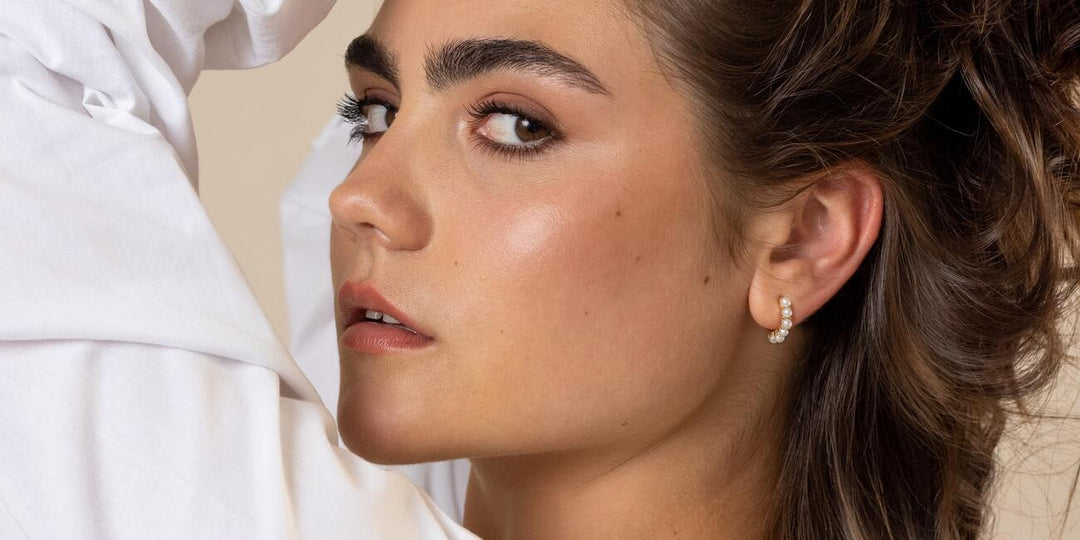The Snug Piercing: Everything You Need To Know
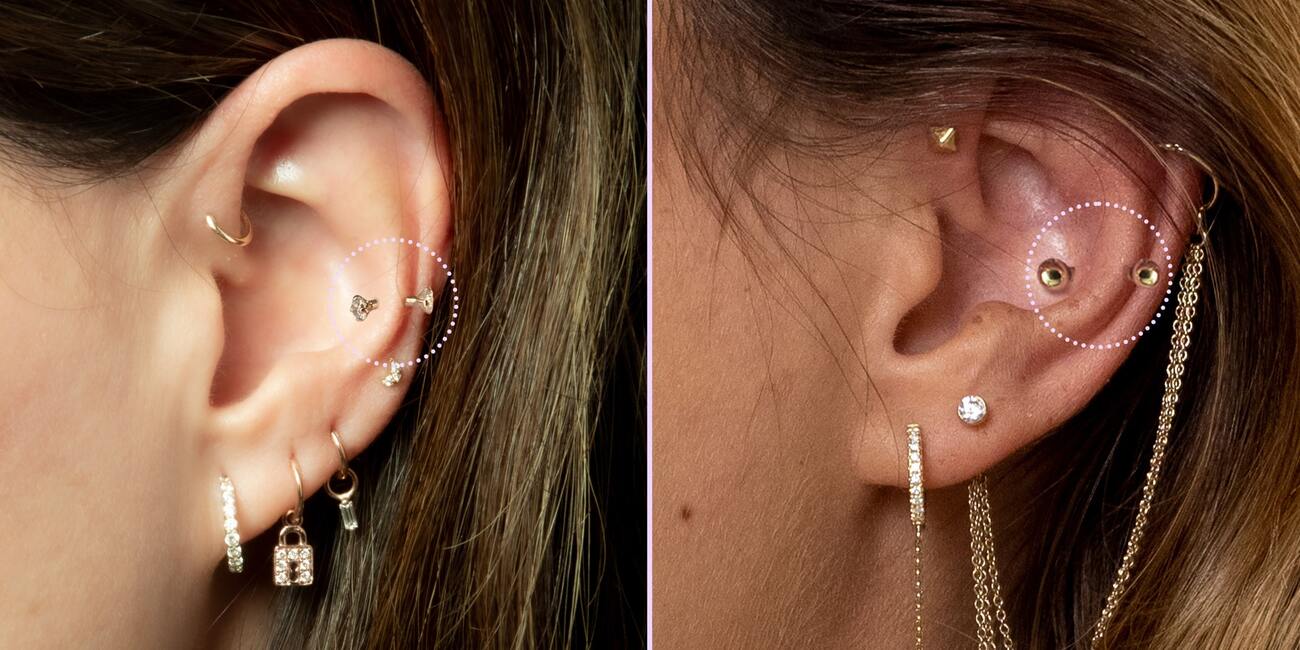

If you pinch your earlobe, you’ll feel a triangular piece of cartilage at the top of the lobe, called the anti-tragus. If you pinch the anti-tragus and follow the line of cartilage between the rim of your ear and your inner cartilage, you’ll discover the anti-helix. This is where the snug piercing takes place.
The snug piercing, also called the anti-helix piercing, is a newer piercing type. While it sits in a similar location to the auricle ear piercing, the entrance and exit points of the snug piercing both appear at the front of the ear, so it’ll be more aesthetically similar to a rook piercing.
Its location makes it one of the more painful piercings you can get. Additionally, not everyone’s anatomy will allow for this piercing type, so there are a few things to think about before you plan to add the snug piercing to your cartilage party.
Here’s everything you need to know about the snug piercing.
How Much Do Snug Piercings Hurt?
Snug piercings are commonly considered the most painful cartilage piercing, and some say that it ranks as one of the most painful piercings you can get. Ear cartilage is sensitive to begin with, and the cartilage in the anti-helix area is thick and strong.
Some claim that the actual puncture offered the most pain, while others say that their pain experience came when the piercer inserted the jewelry. Either way, even veterans of the piercing world can expect some substantial pain.
Your piercer’s experience will contribute to your pain level, and you can take steps on your own to try to minimize the pain. The most important thing you can do is take deep breaths, relax, and remember that the pain will be momentary.
Snug Piercing Healing Process
Like most cartilage piercings, the snug piercing will take around 4 - 6 months to heal. Since cartilage often sees healing complications like cartilage bumps, you need to make sure that you adhere to proper aftercare practices throughout the entire healing process, and don’t change your jewelry until your piercer says you can.
Aftercare Rules
Your ears tend to see a lot of buildup caused by dead skin cells, ear wax, and bacteria from headphones, clothing, and phones. Because of this, you need to make sure that you take good care of your piercing to avoid infections and scarring.
- Keep foreign objects away from your piercing. This includes dirty pillowcases, hats, headphones, and your telephone. Six months is a long time to heal, and it will be difficult to keep your new piercing away from these items during healing, but your piercing will thank you. To set yourself up for success, think about how your daily life could affect healing and plan your piercing accordingly. If you spend a lot of time on the phone, think about piercing the ear that won’t be pressed against the earpiece. If you live in a colder area and need to cover your ears, plan your piercing so that the majority of healing occurs in warmer seasons. Do what you can so that your piercing can thrive.
- Be careful not to snag or move the jewelry. Cartilage is especially susceptible to bumps and scarring, and often that happens when the jewelry is moved and damages the healing skin. When you’re first pierced, your piercer will fit you with a starter piece that features a longer barbell to accommodate swelling. This helps prevent issues like embedding, but it’s also easily snagged, especially when you’re just getting used to your new piercing. During cleaning, don’t rotate or touch the jewelry, but instead opt for a saline soak or a gentle spray that you can easily apply to your piercing.
- Keep harmful chemicals and alloys away from your new piercing. Cartilage bumps have been known to form from skin irritation caused by chemicals. This includes chemicals found in shampoos, soaps, and perfumes. When showering, take care to keep soap and suds away from your new snug piercing, and rinse the piercing thoroughly afterwards. Alloys in cheap metals have also been known to cause irritation in new piercings, so make sure that you choose high quality starter jewelry.
Snug Piercing Jewelry Styles
Since the snug piercing has entry and exit points at the front of the ear, the jewelry types are fairly limited. However, within those jewelry types, you have some room for creativity and individuality.
Small curved barbells are by far the jewelry style of choice for the snug piercing. Since the anti-helix is so small, your jewelry will be, too. However, the double beads of the curved barbell can create a double-pierced look, making the tiny piercing extra bold. Some choose a larger barbell that will stick out a little more, or you can choose a shorter barbell that makes the ball ends sit flush with your skin. You can also find curved barbells with ball ends made from pearls, diamonds, opals, and more.
Depending on your ear anatomy, you might be able to make a straight barbell or circular barbell work. These will offer a similar style to the curved barbell, but with more or less of a curvature. However, you should talk to your piercer before choosing these options; if these snug piercing jewelry types don’t properly fit your piercing, they could press against the entry and exit holes, encouraging issues like piercing rejection.
Why Shouldn’t I Get A Snug Piercing?
Your anti-helix needs to be able to accommodate a snug piercing. If it’s too flat, they you might want to choose another piercing type. The rook piercing offers a similar aesthetic toward the forward helix area of the ear, while the auricle piercing pierces the area right next to the snug piercing.
If you’ve had issues healing cartilage in the past, then you might want to reconsider this piercing. It punches through a thick piece of cartilage, so the healing process for this piercing type won’t be easy. Instead, you can pierce the upper lobe, which will be in a similar location, but the fleshier skin will heal more easily.
Related Products
View allFreshTrends Tip
Use saline solution or a homemade sea salt solution to clean your piercing 2 - 3 times daily.
How Much Will It Cost?
You can expect to spend around $35 - $70 for the snug piercing. Since this piercing tends to be more painful than other piercing types, it would behoove you to choose a piercer who has experience with the snug piercing. Never choose a piercer who uses a piercing gun; it uses blunt force trauma to shove the jewelry through the cartilage, which can cause serious complications like cauliflower ear.
Snug Piercing Variations
The snug piercing isn’t too open to variations, since it presents such a small area to pierce, and piercing location will likely be determined by your anatomy rather than your personal choice.
That being said, if your anti-helix can accommodate it, you can get multiple snug piercings. It makes for an adorable look, but it’s a bit of a badass move, since it’s going to be quite painful.
